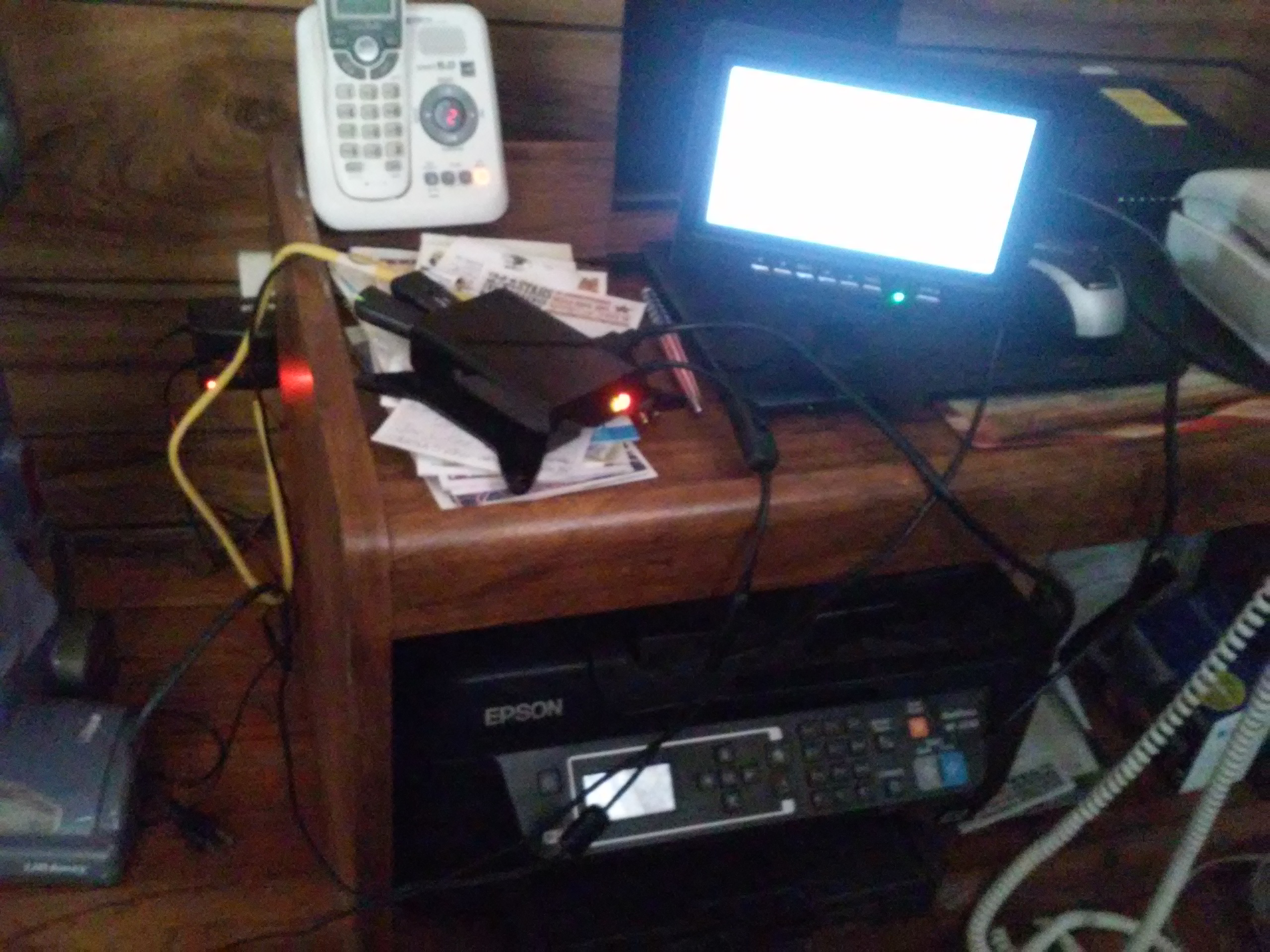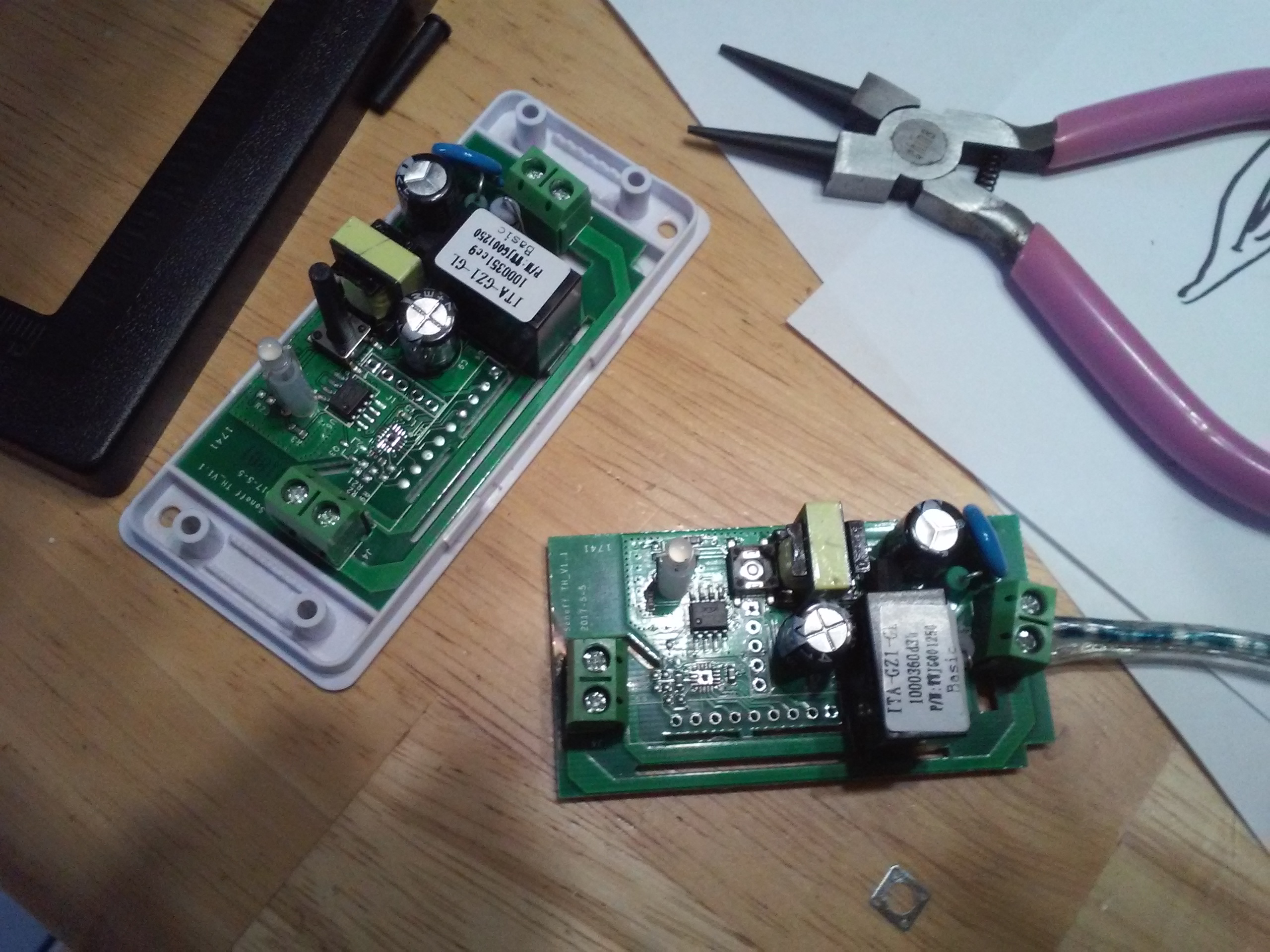New to MySensors
-
I've soldered the connectors. Checked power with a voltmeter. I still only get the RX to flash once, and will not flash the sonoff. Arduino IDE won't even show the Port.
-
@dbemowsk I'm holding the button in before connecting the USB.
-
@dbemowsk I'm holding the button in before connecting the USB.
-
@dbemowsk Yes I am. The error is failed to open COM1 and I cannot select a port because it is grayed out.
-
@dbemowsk Yes I am. The error is failed to open COM1 and I cannot select a port because it is grayed out.
@joshwizzard if you are using windows, check the device manager. Could be a driver issue. Check for devices with an exclamation point on them, probably under COM & LPT section. If it shows an error 10 or other error, Google your adapter model and the error you see. You should come up with a solution.
-
@dbemowsk Yes I am. The error is failed to open COM1 and I cannot select a port because it is grayed out.
@joshwizzard said in New to MySensors:
@dbemowsk Yes I am. The error is failed to open COM1 and I cannot select a port because it is grayed out.
Are you sure it is COM1? Usually that is the computer serial port, not the external one. Did you set the correct voltage for the Arduino you are using?
-
@gohan I have a USB to serial adapter that is apparently a clone of a more popular brand. I don't have the model in front of me right now, but I had to download a different driver for it to make it work. That's why I mentioned to him to check the Windows device manager. You are also correct that Com1 is usually the computers internal serial port, that is if it has one. Most newer laptops don't have a serial port any more, and Desktops have not come with one in quite some time. So there is the possibility that it could still identify as Com1.
-
@gohan I have a USB to serial adapter that is apparently a clone of a more popular brand. I don't have the model in front of me right now, but I had to download a different driver for it to make it work. That's why I mentioned to him to check the Windows device manager. You are also correct that Com1 is usually the computers internal serial port, that is if it has one. Most newer laptops don't have a serial port any more, and Desktops have not come with one in quite some time. So there is the possibility that it could still identify as Com1.
@dbemowsk Thank you for the help so far. The first time we flashed tasmota successfully I did update the drivers from the USB converters website and were able to select COM5. We have since tried pogo pins and other USB adapters. I will check everything again.


